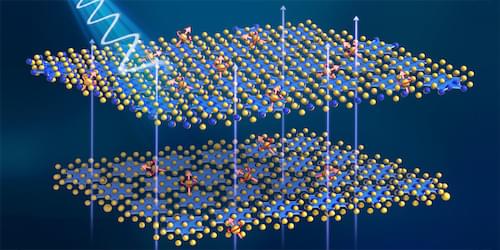Oct 5, 2023
NASA wants a ‘lunar freezer’ for its Artemis moon missions
Posted by Kelvin Dafiaghor in categories: materials, space
NASA has issued a request for “lunar freezer” designs that can safely store materials taken from the moon during planned Artemis missions.
According to a request for information (RFI) posted to the federal contracting website SAM.gov, the freezer’s primary use will be transporting scientific and geological samples from the moon to Earth. These samples, the post specifies, will be ones collected during the Artemis program.


















